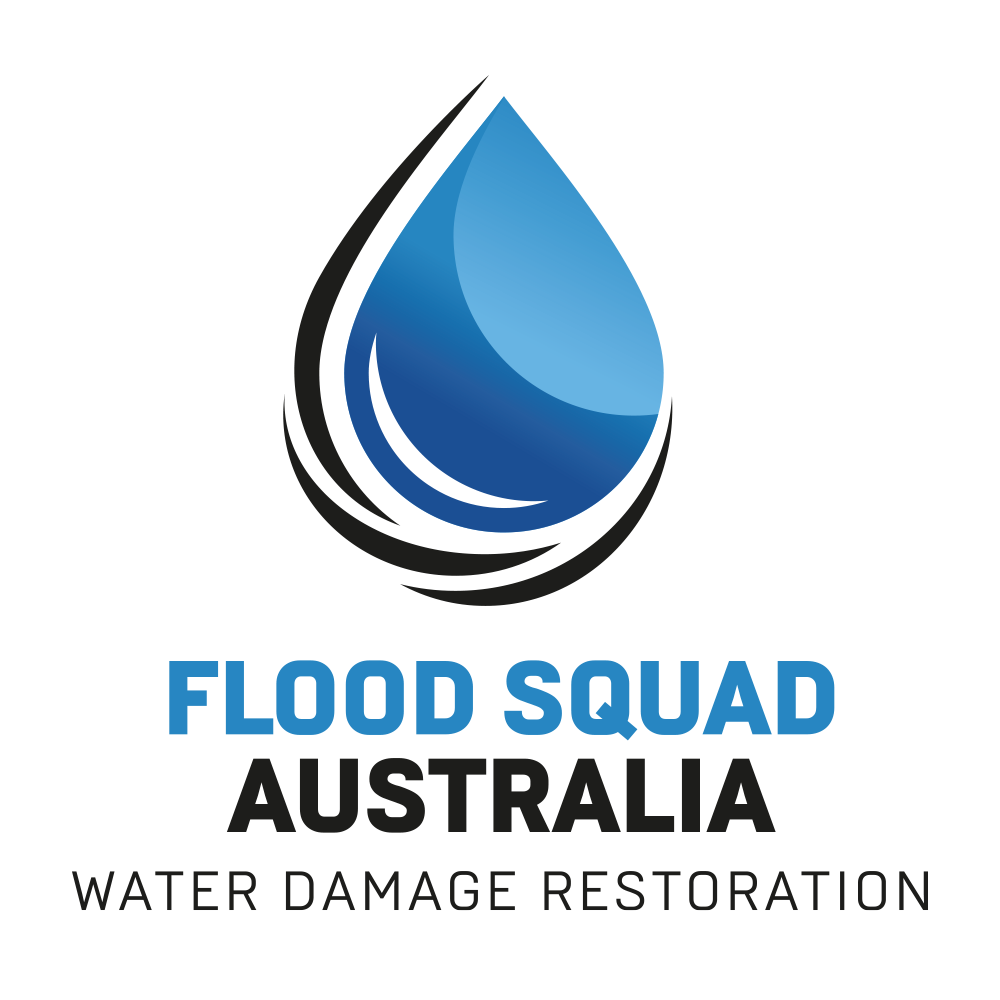Water damage can be a nightmare for any homeowner. Whether it’s from a burst pipe, a leaky roof, or a natural disaster, water can wreak havoc on your home. One of the most significant concerns following water damage is the potential for mould growth, particularly in areas like carpets that can trap moisture. In this guide, we’ll explore effective strategies for preventing mould after water damage cleanup, ensuring your home remains safe and healthy.
Understanding the Threat of Mould
Mould is a type of fungus that thrives in moist environments. After water damage, the conditions are often perfect for mould to grow and spread. Mould can start to develop within 24 to 48 hours after water exposure, making it crucial to act quickly. Not only does mould damage your home’s structure, but it can also pose serious health risks, including allergies and respiratory problems.
Immediate Steps After Water Damage
Quick Water Removal
The first step in preventing mould is to remove the water as quickly as possible. Use a wet-dry vacuum to extract water from carpets and floors. For extensive water damage, consider hiring professionals who specialise in water damage restoration. They have the equipment and expertise to handle large-scale water removal efficiently.
Dry Everything Thoroughly
Once you’ve removed the water, it’s essential to dry out your home completely. Open windows and doors to allow airflow. Use fans and dehumidifiers to speed up the drying process. Pay special attention to carpets, upholstery, and any areas where water might have seeped in. Remember, moisture is mould’s best friend, so thorough drying is key.
Carpet Water Damage: A Special Concern
Carpets are particularly susceptible to water damage. They can absorb a lot of moisture, creating an ideal breeding ground for mould. Here’s how to handle carpet water damage effectively:
Assess the Damage
Begin by assessing the extent of the water damage to your carpet. If the carpet has been soaked for more than 48 hours, replacement might be the best option to prevent mould. For less severe cases, professional water damage carpet cleaning might suffice.
Professional Carpet Cleaning
Professional carpet cleaners use specialised equipment and techniques to deep-clean and dry carpets. They can extract embedded moisture and apply antimicrobial treatments to prevent mould growth. This step is crucial for carpets that have been exposed to significant water damage.
Regular Monitoring
After cleaning, keep an eye on your carpets for any signs of mould, such as a musty odor or visible mould spots. Regular monitoring can help catch mould early before it becomes a major problem.
Water Damage Restoration: Key Considerations
Effective water damage restoration goes beyond just removing water. It involves restoring your home to its pre-damage condition while preventing future problems, like mould. Here’s what to consider:
Inspect for Hidden Moisture
Water can seep into walls, under floors, and behind cabinets, creating hidden pockets of moisture. Use moisture meters to detect these areas and ensure they are thoroughly dried. Neglecting hidden moisture can lead to mould growth in unseen areas.
Repair and Replace Damaged Materials
After drying, inspect your home for materials that might be beyond repair. This includes drywall, insulation, and flooring. Replace any materials that show signs of mould or significant water damage to prevent future issues.
Address the Source of Water
Finally, identify and fix the source of the water damage to prevent recurrence. Whether it’s repairing a leaky roof or replacing old plumbing, addressing the root cause is essential for long-term protection against water damage and mould.
Preventive Measures for the Future
Preventing future water damage and mould growth involves proactive measures. Here are some steps to keep your home safe:
Regular Maintenance
Conduct regular home inspections to check for potential sources of water leaks, such as damaged roofs, faulty plumbing, or poor drainage systems. Fixing minor issues promptly can prevent major water damage down the line.
Use Mould-Resistant Products
Consider using mould-resistant products during repairs and renovations. Mould-resistant drywall, paint, and insulation can provide an extra layer of protection against mould growth.
Control Humidity Levels
Maintain a low humidity level in your home to discourage mould growth. Use dehumidifiers in damp areas, such as basements, and ensure your home has adequate ventilation.
Conclusion
Preventing mould after water damage is crucial for maintaining a healthy home environment. By acting quickly, thoroughly drying affected areas, and employing professional water damage restoration techniques, you can minimise the risk of mould growth. Remember, the key is to stay vigilant and address any water issues promptly to protect your home and health.


